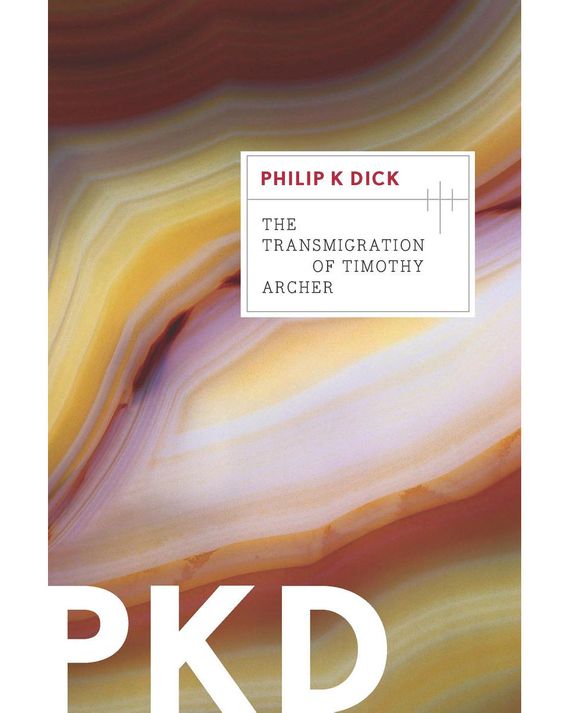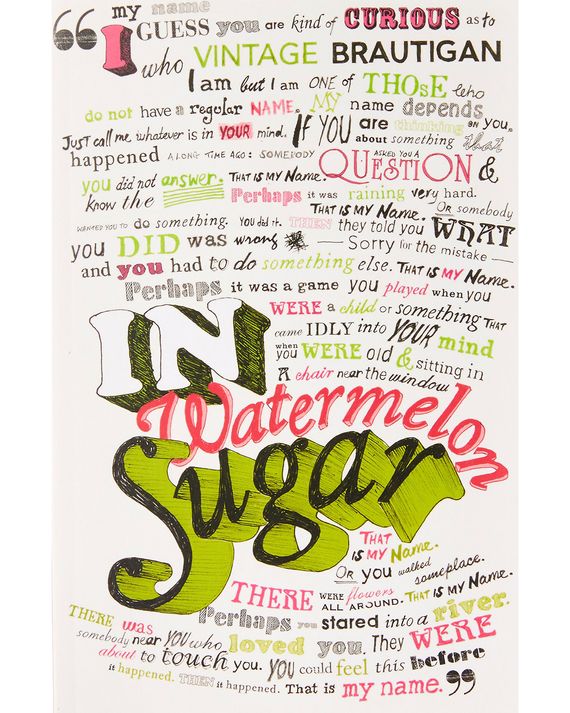
Jonathan LethemÔÇÖs eleventh novel, The Feral Detective, out next Tuesday, is one of the seasonÔÇÖs most anticipated works of fiction. A return to the cheeky noir of his early books, itÔÇÖs narrated by a New York woman who finds herself on the trail of a disappeared friend in the California desert, where she comes across the titular detective and the remnants of an animalistic cult. For Vulture, Lethem mused on the many disparate books that inspired his wildly entertaining new tale.
As I begin to be interviewed about┬áThe Feral Detective, IÔÇÖve been talking about Raymond Chandler and Ross Macdonald again. TheyÔÇÖre obvious touchstones, above all for my use of a version of hard-boiled first-person narration. ThatÔÇÖs been a kind of spirit-animal style for me ever since my first novel, and┬áMotherless Brooklyn, even if I donÔÇÖt use it ÔÇ£straight.ÔÇØ Those writers are also a big part of my way into the mythic undercurrents of the Southern California landscape, which IÔÇÖve lately been studying close-up. But IÔÇÖm┬áalways┬átalking about Chandler and Macdonald, so you donÔÇÖt need to hear much more about them. Instead, I thought IÔÇÖd mention some of the bookÔÇÖs more oblique points of reference.
The Feral Detective really belongs to the narrator, Phoebe. If she wasnÔÇÖt real to me and my readers, I had nothing much at all. Though women are the protagonists in my novels┬áGirl In Landscape┬áand┬áYou DonÔÇÖt Love Me Yet, IÔÇÖd never done female first-person. IÔÇÖll admit I first looked for courage by revisiting two of my favorite examples of male writers doing better than just getting away with it: Philip K. DickÔÇÖs┬áThe Transmigration of Timothy Archer and Norman RushÔÇÖs┬áMating. DickÔÇÖs Angel Archer (from his last-written novel) and RushÔÇÖs unnamed narrator (from his first published and still most beloved novel) are two of the ÔÇ£realestÔÇØ (treacherous word, but IÔÇÖll leave it) women-not-written-by-women I know. Both characters are full of irritation, compassion, lust, skepticism, petulance, and, best of all, thinking. The legend around RushÔÇÖs book is that he tested every single page on his very brilliant and opinionated wife, to the extent that she became a quasi-collaborator ÔÇö a good reminder to lean heavily on bullshit-detector readings from the brilliant and opinionated women I know. (You can see how many on my acknowledgements page.) How Dick managed his late-life triumph with a female narrator is a puzzle, since elsewhere his writing shows him loving but also hating his women characters (as well as ogling them a lot).
To nail down Phoebe specifically, I found myself rereading Laurie Colwin (especially┬áGoodbye Without Leaving) and Dawn Powell (Turn, Magic Wheel; The Locusts Have No King; Angels on Toast; but, really, all of them). I wanted to catch some of the timeless insouciance of ColwinÔÇÖs and PowellÔÇÖs cosmopolitan protagonists: breezy, cranky, heartbroken ÔÇö cranky about being heartbroken. And funny ÔÇö I wanted Phoebe to be funnier than I was. Sometimes I find that if you get yourself jacked up on the prose of someone like Colwin or Powell you can be (briefly) funnier than you actually are.
The ÔÇ£feralityÔÇØ of the detective (and others) came mostly out of the movies:┬áThe Jungle Book┬áand┬áTarzan, of course, but also TruffautÔÇÖs┬áThe Wild Child┬áand Werner HerzogÔÇÖs┬áThe Enigma of Kaspar Hauser. I was teaching a course called ÔÇ£Animals In LiteratureÔÇØ (Kafka, Aesop, Jack London, WoolfÔÇÖs┬áFlush, et al.) around the time I was gathering my materials, and I should thank my students for their useful ideas. I had a stupendously clever TA for the course, Daniel Lanza Rivers, who was writing a dissertation on ÔÇ£Queer EcologiesÔÇØ in Western settings ÔÇö including a chapter on the subject of the real-life Black Bear Ranch (also the subject of the documentary┬áCommune). DanielÔÇÖs study reminded me to reread Richard BrautiganÔÇÖs┬áIn Watermelon Sugar, a novel IÔÇÖd loved as a teenager ÔÇö a dystopian fantasia about a rural commune that breaks into two warring tribes. This trail also led to the actor Peter CoyoteÔÇÖs memoir, Sleeping Where I Fall, which includes major episodes at Black Bear. CoyoteÔÇÖs book is remarkable, a real discovery for me.
During the same period, I was reading Philip PullmanÔÇÖs┬áHis Dark Materials┬áaloud to my kids at bedtime, and it sank into my approach. Like Tolkien, Pullman reminds you of how much power can be generated simply by moving figures across landscape, in long sequences in which theyÔÇÖre chasing or be chased. Even though his trilogy is massively complex, this insight simplified my book. I also stole something outright: a fight between two claimants to be ÔÇ£King of the BearsÔÇØ. Of course, in PullmanÔÇÖs book that bear-battle provides a superb resolution. In mine, IÔÇÖm afraid, it solves nothing.
My narrator wasnÔÇÖt meant only to be ÔÇ£timelessÔÇØ in her insouciance; she also had to exist in a culturally specific time and space. IÔÇÖm in my 50s, and a man, and I shouldnÔÇÖt pretend to know things I donÔÇÖt. I read novels by younger women, looking for clues and cues: Sally Rooney, Ottessa Moshfegh, Catherine Lacey, Rivka Galchen ÔÇö all terrific.
But the tumblers really clicked, as it happened, not with a novel but with a book-length essay by Kristin Dombek,┬áThe Selfishness of Others ÔÇö┬áespecially a tour de force chapter called ÔÇ£The Bad BoyfriendÔÇØ. Dombek modeled for me the task of a woman of a certain age being forced to think her way out of the psychosocial certainties of the endless neoliberal present. I donÔÇÖt remember when I decided that Phoebe would be the child of two Manhattan psychotherapists, but it might have been around the time I read DombekÔÇÖs thoughts on Freud, and on Alice MillerÔÇÖs┬áDrama of the Gifted Child. I knew I couldnÔÇÖt ÔÇö and shouldnÔÇÖt ÔÇö make my narrator as ferociously incisive as Dombek, but I did want Phoebe to be the kind of person who, if sheÔÇÖd happened across DombekÔÇÖs book, would have said, ÔÇ£Fuck yes.┬áThis.ÔÇØ As did I.




